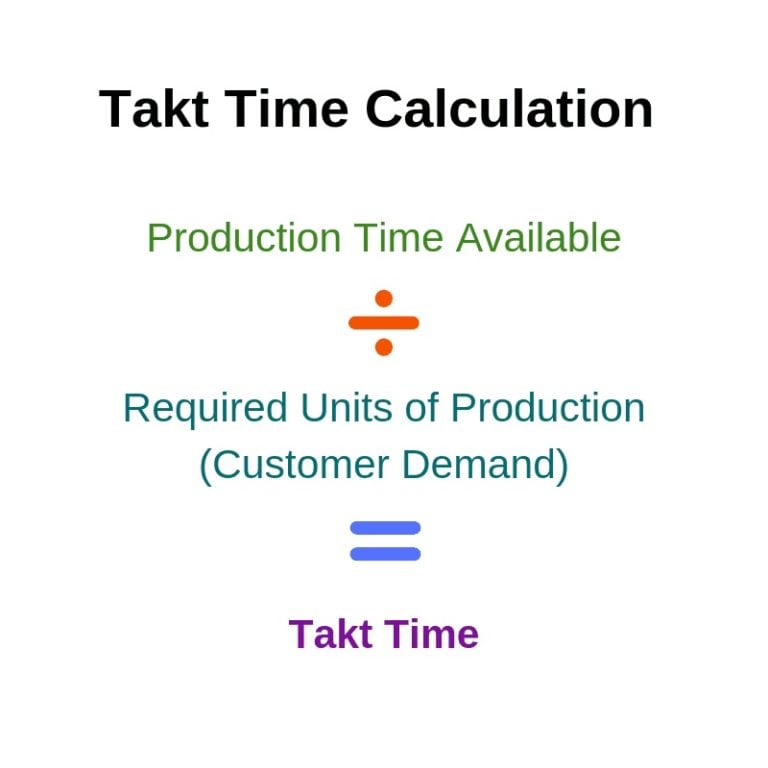The answer is, yes. Let’s talk even further about the example above. If you have a scheduled shift, there are various factors that can influence the amount of production time available on any given day – scheduled holiday hours, lunch breaks, meetings, etc. Additionally, if a customer wants more or less product, takt time will vary according to customer demand.
Using Toyota as an example because they’re an example of optimal Lean manufacturing, they calculate takt time on a monthly basis with reviews of the calculated takt time every 10 days. Learning by example, it is important you continuously improve your manufacturing processes by recalculating and updating metrics on a regular basis.
But, remember, you want to strive to create a routine that enables consistency. This is one of the key drivers of success for Toyota. Their success does not lie in the tools they use, but in the ability to maintain routine and standard work.
Toyota Kata explains this very well. “An astonishing number of processes come close to making their numbers on average, but their output cycles actually fluctuate excessively from cycle to cycle,” Rother explains.
He adds, “When you have identified the degree of fluctuation from cycle to cycle in a process, the next question becomes: “What should the range of fluctuation be?””
When that range is defined, only then can you begin to understand and problem-solve, eventually getting to the point where planned cycle time and takt time are more consistent and improvable. Then, it becomes a metric of use for manufacturers.
So, yes, to answer the question, takt time typically does vary, but you want to get to a point where that variation is very small, creating consistency, good habits and behaviors, and the ability to make improvements on the floor.




